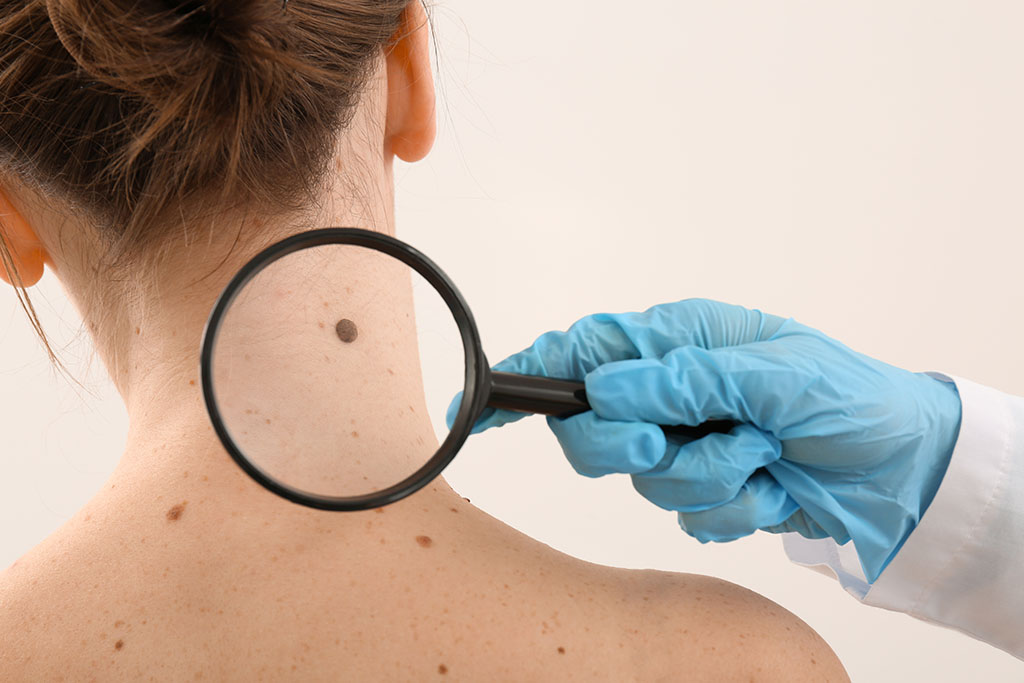
Mole removal – is it right for you?
Mole removal – should you go for it?
It is very common to have moles on our face and body. Moles come in different forms and most of them are usually harmless. Do you know an average adult will have an estimate of between 10 to 40 moles in his or her lifetime? Some moles appear at birth, while others appear later in life due to hormonal change during puberty or pregnancy. You may want to remove a mole because you are self conscious of it. Or you may worry that it grow bigger and turn cancerous. These are common grounds for mole removal.
What are moles exactly?
Moles are made up of pigment producing cells called melanocytes. The scientific term for it is melanocytic naevi. Most of the moles appear in shades of brown or black due to the colour of our pigment cells. And moles can change with time. They may grow bigger, become darker or lose their colour. You should consult a doctor if there is any rapid change in shape or size, an increasing irregular border or a tendency to bleed.
What are the methods for mole removal?
The method for mole removal is usually dependent on its size. Smaller moles can be removed easily by cautery although there may be a risk for recurrence in months or years. Excision surgery (cut and stitch) is the preferred option for bigger moles as there is lower recurrence risk. It also provides tissue sample for a pathological report if necessary.
When will I see results from mole removal?
Most of the moles will be removed after one treatment. However, it takes at least 1 to 2 weeks for your skin to heal. We will also request you to return for review in about a month’s time to follow-up on your skin recovery.
Call us now for more information on mole removal and see if it is the right treatment for you.
Frequently Asked Questions
What will I expect during the mole removal?
Before we begin the procedure, we will apply numbing cream to your skin for about 15-20 minutes. It takes a few minutes to remove your mole via a cautery device. It may take longer if you have several moles to be removed at the same time.
For bigger moles which require surgical excision, we will administer an injection to numb the skin. Our doctor will then cut away the mole and close up the wound with a few stitches. This is also a relatively quick procedure and takes about 15-20 minutes.
Is there any downtime after mole removal?
You will go home with a small pink wound. And you should see a brown scab forming in a few days’ time. It can take up to 2 weeks for the skin to heal completely before the scab falls off on its own.
If you have surgical excision done, you will go home with a few stitches and be given an appointment for its removal in about a weeks’ time. Your skin will heal with a small dimple or linear scar, usually no bigger than the size of your original mole.
How do I manage my wound after the procedure?
You will be given clear instructions on wound care and be given an antibiotic ointment to apply for a few days. Complications are extremely rare. Follow the advice of the doctor and use the cream according to directions given. If you are unsure, do not be afraid to call us for clarification.
How do you monitor my progress after procedure?
We will take photos of your mole before the treatment session and at each follow-up visit. Hence, we are able to monitor your progress and compare outcomes. We will keep your photos secured within our medical records database.
Will the mole grow back after removal?
There is a low risk of regrowth of moles. Sometimes, it takes months or even years for the mole to grow back. Therefore, you should consult a doctor who can assess the characteristics of a mole and to discuss with you on the best treatment option.
Are there any risks of scar after mole removal?
During consultation, our doctor will discuss with you on your treatment options and ensure that the outcome has minimal scarring. Mole removal is a common procedure done at our practice. And many patients have expressed a high patient satisfaction rate at the final outcome. However, your final result is dependent on the procedure you choose, the size and location of the mole, how your skin heals and your adherence to our aftercare instructions.




